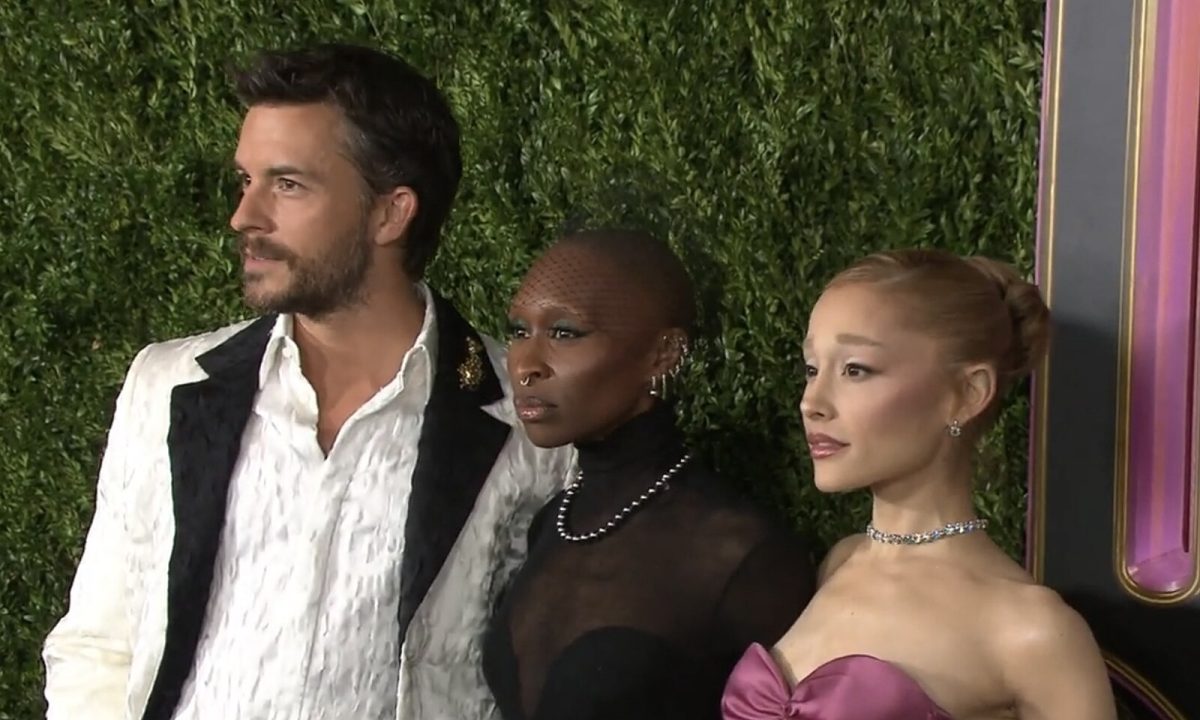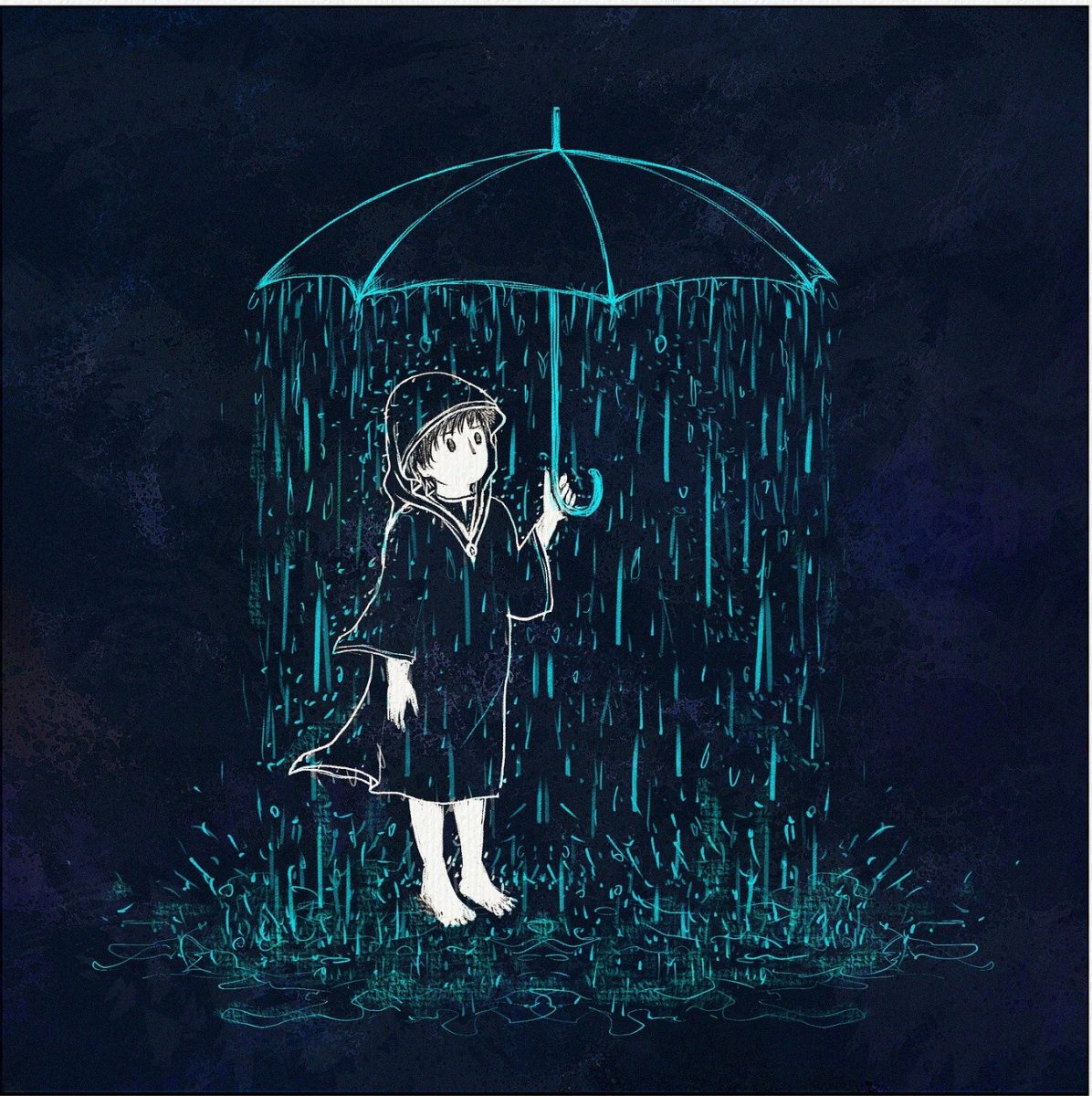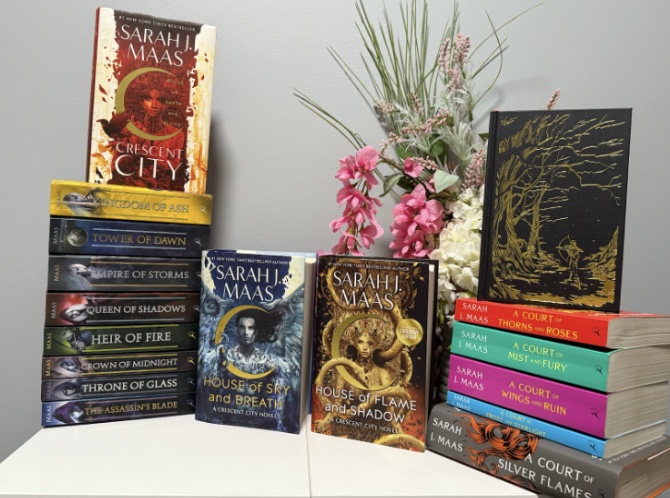In the current world, it is still important to consider the themes presented by old classic novels, and apply them to today. The Catcher in the Rye by J.D. Salinger is a timeless classic that has resonated with generations of readers through its relevance in universal themes. The novel is about a cynical 16-year-old boy named Holden Caulfield who explores New York City after being expelled from Pencey Prep, one of the most exclusive schools in the country. Prior to Pencey, Holden had already been expelled from three other schools due to poor academic performance. Upon the latest expulsion, Holden is afraid of returning home and decides to visit New York. In his journey through New York, Holden encounters many people, some from his past and others he just met, and learns to eventually embrace the challenges of adulthood.
A central theme of this book is that Holden sees the world, especially adults, as superficial and fake, or “phony.” Throughout the novel Holden tries to avoid becoming an adult and playing a role in what he believes to be a corrupt society. On the other hand, Holden views childhood, full of innocence and purity, as the perfect state. When asked about what he wants to do in life, Holden imagines being the “catcher in the rye”, which is someone who saves children from losing their innocence as they grow older. Holden’s view on adulthood plays a major role in his pessimistic and rebellious attitude. While Holden may be seen by some as immature, many teenage readers may find his character relatable as they can identify with his struggles in transitioning to adulthood and how his life has fallen apart as a result. Additionally, Holden voices thoughts that many teenagers tend to feel, such as a constant sense of loneliness, further endearing him to teenage readers.
In addition to creating a relatable character in Holden, Salinger cleverly uses symbolism throughout the novel to engage readers, with many of the symbolisms related to Holden’s character development. For example, although Holden is just 16 years old, he is described to have some gray hair, which symbolizes his inevitable transition from a child to an adult. Another example is Holden’s resistance to adulthood and changes in general being symbolized by his fondness for the Museum of Natural History, a place where he visits multiple times in the novel. Holden likes that in the Museum of Natural History, “everything always stayed right where it was” and “Nobody’d move. . . Nobody’d be different.” This shows Holden’s yearning to be in a simple, predictable world that never changes. These are just two of the many symbols used in the novel, which add deeper meaning to the book.
Although I appreciate the central idea about transition to adulthood and the effective use of symbolisms throughout the novel, I found the book to be rather uninteresting due to Salinger’s writing style. The story is narrated by Holden as a reflection from a sanatorium and told entirely from his perspective. For me to be fully immersed in a story, I need to be engaged with the thoughts and feelings of multiple characters, which are absent from the book. On top of the exclusive first-person narration, I found it very easy to lose focus on Holden’s long-winded thoughts that did not make complete sense. The novel also had no trajectory or action, as no events of significant consequence took place.
All in all, The Catcher in the Rye is an intriguing, complex novel that focuses on the enduring issue of transition to adulthood, giving rise to an iconic figure in literature. Its colloquial, meandering writing style with an exclusive first-person narration might not be for everyone, but it’s certainly a book everyone should read at least once in their lifetime.








































Blair • Jan 1, 2024 at 8:27 pm
I agree with most of this. Although, I truly believe that the patch of gray hair that Holden has is to represent the amount of pressure and stress he experiences. This stress is shown through Pencey, Whooton, etc. I think the reason Holden cherishes the Museum of Natural History so much because of the fact that Allie went there with him. I think Holden likes to preserve the museum as he preserves the idea of Allie (a pure and perfect character, someone Holden idolizes) even though Allie is truly not perfect, and he has grown since his death, an inevitable process that also plays into the “Catcher in Rye” fantasy. I guess we all have our own interpretations though.